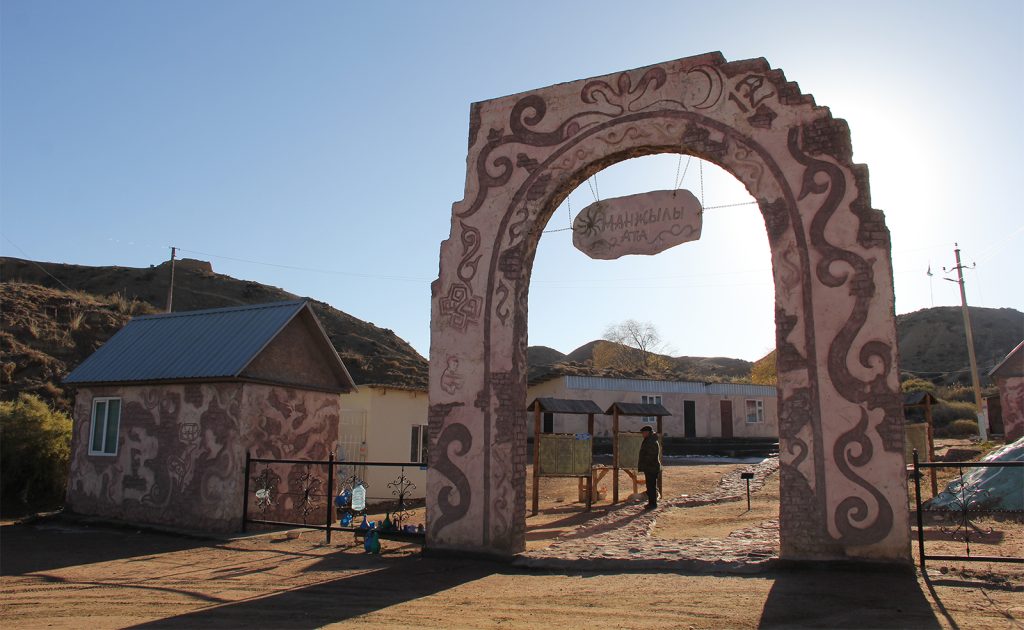Meg Quinn commits to walking outside twice daily, whether it’s rainy or sunny, a pitch-black pre-sunrise sky, or a soft, rosy evening dusk.
Quinn is a pediatric anesthesiologist in training, the formal term for someone who provides anesthesia to children undergoing surgery. To say she has an intense job is an understatement. Finding a way to decompress and process the stressors and tragedies she witnesses is essential for her and her patients’ wellbeing.
Walking is how she finds peace.
Quinn has maintained a twice-daily walking practice for many years. She is usually driven by the needs and excitement of her black Labrador mix, Beau, and because walking is a profoundly meditative practice for her.
During her walks, Quinn uses this time to appreciate what is around her – the architecture of the buildings, the sky, the smells, and the changing of the leaves. She reflects on how the light falls on the sky and the buildings in her neighborhood. She stops to smell the fresh fall air. Even though it may only be 15 minutes a day, this grounding practice sustains her and helps her find meaning and joy in the little things – no matter what she witnessed in the hospital that day.
For Quinn, walking is a spiritual practice. Across numerous faith traditions, walking can be a form of profound observation and meditation. In Buddhism, multiple practitioners utilize walking meditation to embrace nature and engage in mindfulness by focusing on each step and breath they take.
Buddhist monk Thich Nhat Hanh describes walking meditation as an opportunity to unite body and mind and to find solidarity with the earth. In the Christian tradition, pilgrimages such as the Camino in Spain serve as a spiritual journey centered around walking. Practices such as walking the Labyrinth utilize the structure of a maze to center the mind and spirit.
The mental health benefits of walking are also well-established. According to the American Psychological Association, adults who walk even half the recommended amount of activity per week (75 minutes a week) have an 18% reduction in depression. In a study reviewing the impact of nature-based walking on mental health, there were notable improvements in positive mood and mental wellbeing and reductions in anxiety and stress.
For healthcare workers with limited time and stressful careers, walking can be an accessible and approachable tool for improving mental health and connecting with their spirituality during a busy clinical day. Quinn is not the only healthcare worker who incorporates spiritual and meditative practices into her life through walking.
Heather Radder, an intensive care nurse and nurse coach, values walking and hiking to process her work in the intensive care unit.
She shares, “When I walk, I am in awe of the beauty of God’s creation all around me. Walking helps me to shift my focus on nature. Whether observing the greenery around the animals running around or me, there is always something to capture my attention and bring me into the present moment.”
On days when Radder can take a break during her hospital shift, she walks to a small botanical garden nearby to process her thoughts. Radder is committed to ensuring other healthcare workers enjoy the benefits of walking and organizes monthly hikes for healthcare workers to spend time in nature.
When asked how walking impacts her nursing career, she shares, “Nurses hold a lot of weight during their shifts. It is excellent to use walking as a healthy outlet. Your body will thank you for it.”
This mindful meditation connects me to my Buddhist spirituality and offers me a connection with the natural world.
It’s inspiring to hear how other healthcare workers incorporate walking into their lives since I often struggle to fit into my own. After working a long clinical shift, carving out even 10-15 minutes for a walk feels daunting. Instead, I’ve changed my approach to incorporate mindful walking into my daily activities, such as my morning walk into the hospital. As I leave my car, I force myself to slow down, pause, and feel the ground underneath my feet. I look at the surrounding mountains and sky and notice how the wind brushes against my face. I take a few slow, deep breaths, matching the cadence of my steps.
This practice only takes a minute or two and is often the only part of my day where I intentionally focus on my health and wellbeing. For a few minutes, this mindful meditation connects me to my Buddhist spirituality and offers me a connection with the natural world. I am reminded that contemplative practices, such as walking, reap benefits in small ways, renewing my belief that we are part of a world much more significant than ourselves. While I would love to try a walking pilgrimage someday or even commit to long daily walks outside, for now, I’m grateful to start each day with awareness of the world around me, one step at a time.

Anu Gorukanti
Anu Gorukanti, MD, is a public health practitioner and pediatric hospitalist. She is also the co-founder of Introspective Spaces, a social venture committed to building reflective space and community for women in healthcare. She was a member of the Sacred Journeys and Witness fellowships. She cares deeply about the well-being of her colleagues in healthcare and is passionate about healthcare reform to create equitable and compassionate care for patients and communities. In her free time, she loves to photograph landscapes, learn to dance, and spend time with her wonderful husband, friends, and family.




